by Ken Gargett
The drunkard sunk more in disgrace,
Had a look of brutality scowling;
In his soul, in his heart, in his face,
The gin like a demon was howling.
So went a popular song from several centuries ago.
Many years ago, far more than either of us would care to remember I suspect, not long after I met our esteemed Ian Skellern, we were in Damascus (as in the real place and not on some journey of revelation, although it was certainly that).
Travelers relied upon word of mouth in those pre-internet/mobile phone days, and the word was that in the non-alcoholic world of the Syrian capital, down a back alley in a shady part of town between 2:00 and 3:00 pm, a small window would open and alcohol would be sold.
You stuck your head through the window and saw sample bottles of Syrian whisky, tequila, rum, brandy, vodka, and more. They all looked identical. I chose the Syrian gin (I can’t recall what our publisher opted for) as, at least, it looked like gin. What it tasted like is beyond description, but it didn’t take much for it to inflict the worst hangover any human has ever suffered. Or so it seemed. Some days I still give thanks I survived.
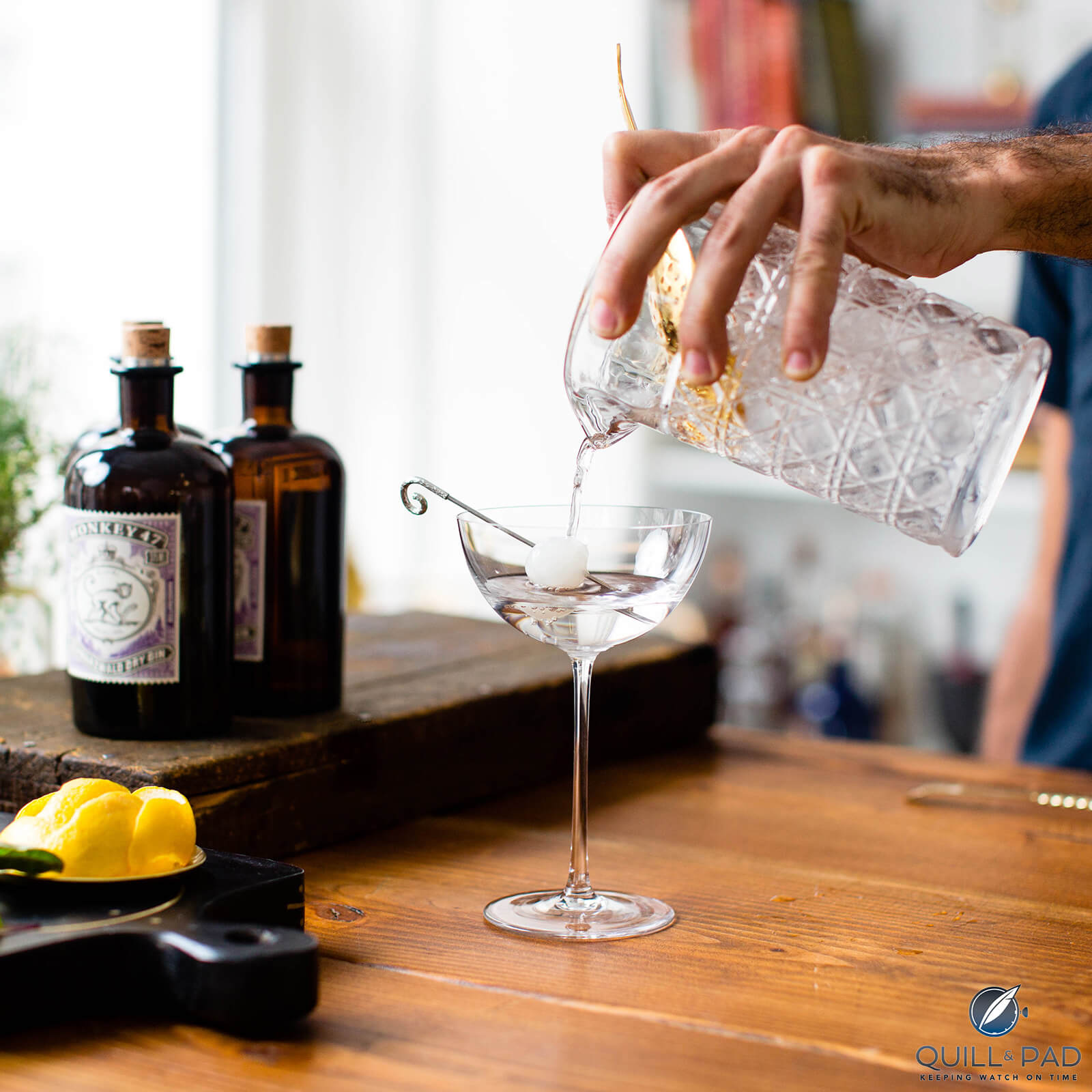
Tasting a Monkey 47 gin
A short history of gin
Gin has come a long way, although it has gone through periods of history where it really was seen as little better than Syrian swill. Hogarth’s excruciating Gin Lane paintings from the 1750s are evidence of that, although the gin craze seems to have been at its peak between 1695 and the 1740s.
Gin consumption then exploded due to heavy taxation of French brandy. More than 8,000 gin shops sprang up (some 7,000 in London alone), along with 1,500 residential stills and who knows how many illegal operations. It was cheap alcohol for the poor. Turpentine was often added and the use of sulfuric acid was not unknown.
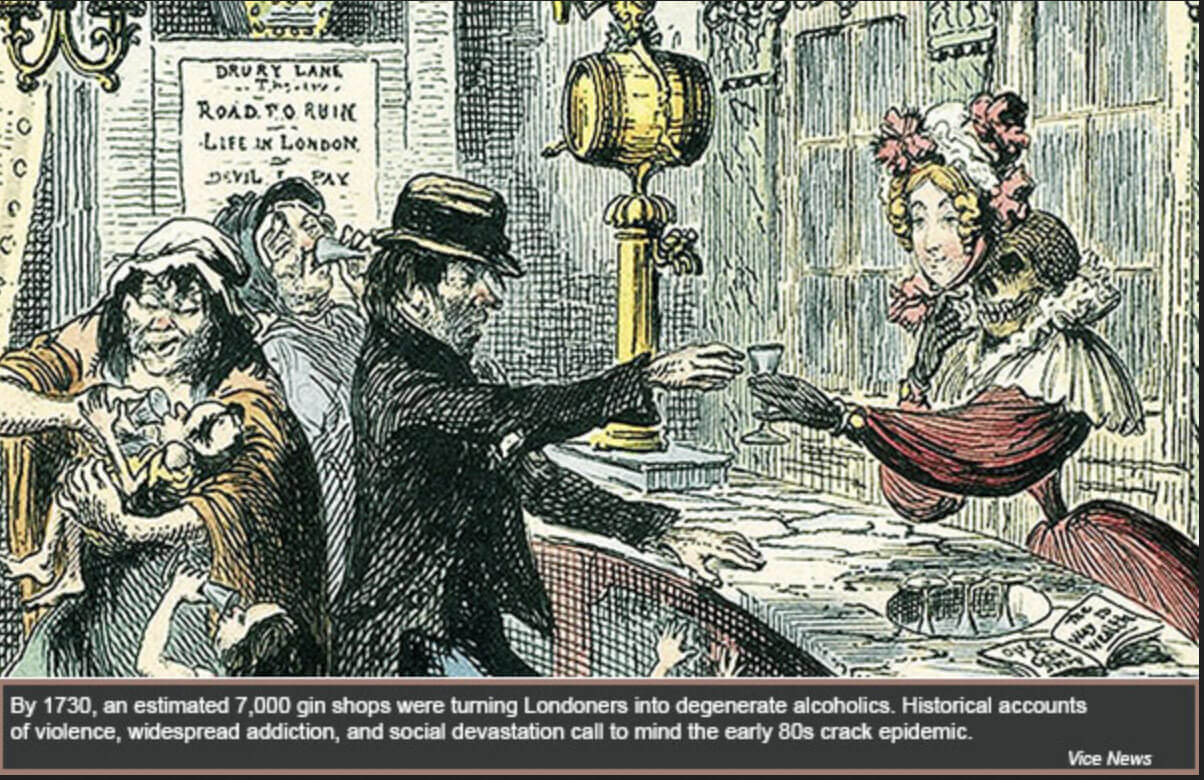
Demon gin (image courtesy Vice News)
A typical sign outside a gin shop was “Drunk for a penny. Dead drunk for twopence. Clean straw for nothing.”
It is estimated that some 5 million gallons of gin were consumed in 1734. By 1742, this had risen to more than 7 million gallons, an annual per-person consumption of gin in England of 10 liters. Cheap gin was often used to pay wages.
Around this time, there were twice the burials as baptisms. This period also saw an enterprising soul invent what is believed to be the first vending machine. In the form of a giant cat, needless to say, it provided the customers with gin (money in the mouth, gin from a tube under the paw).
An emotionless description by a woman of murdering a young girl so she could steal the child’s coat to sell in order to buy gin is one of the most chilling things imaginable. The woman was hanged. Unsurprisingly, it was her own daughter whom she murdered.
The Gin Act of 1736 was intended to reverse the trend, though it was largely ignored and eventually repealed in 1743. There were eight different Gin Acts between 1729 and 1751.
The Gin Act of 1751 was more successful, though historian and novelist Peter Ackroyd thinks it had nothing to do with the reduction in the consumption of gin. He puts it down to poor harvests rendering gin more expensive, the growing rise of Methodism, and the increasing interest in tea.
Some years ago, gin was rather English – Colonel Blimp, handlebar moustaches, and pith helmets. A pink gin (whatever that was) at sunset; gin and tonics before dinner.
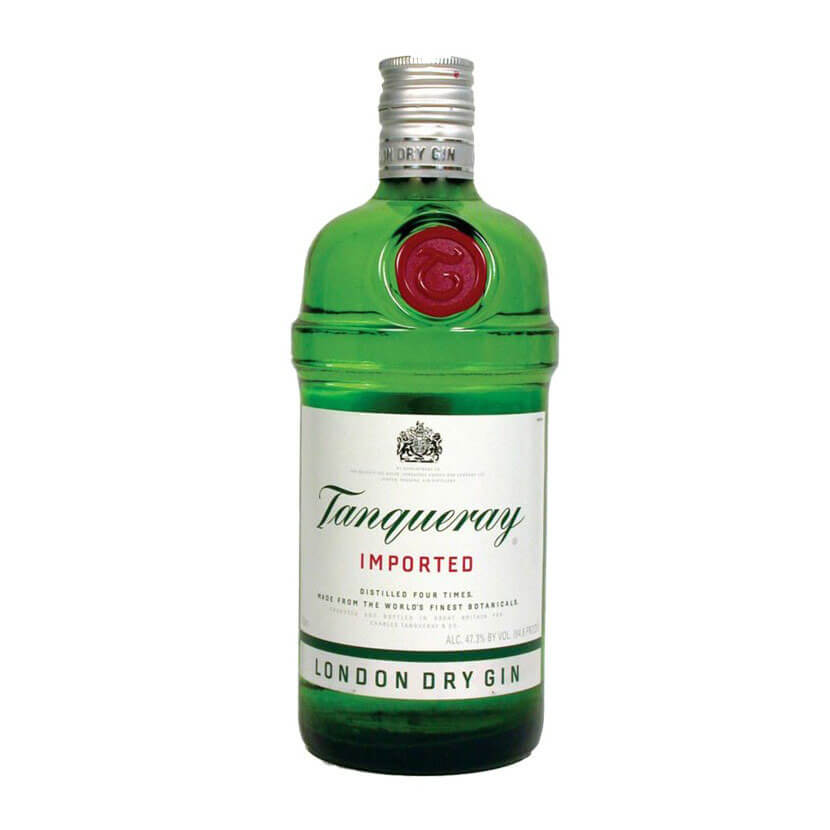
Tanqueray gin
A friend was a fan. Gordons or Gilbeys. I remember how thrilled he was when he discovered something as exotic as Tanqueray’s famous green bottle. I doubt the divinities could have coped with the excitement had he stumbled across Hendricks back then with its delicious cucumber/rose petal notes, let alone any of the endless array of weird and wonderful gins that feature some amazing botanicals and more.
This was a time when gin was about as cool as watching the footy in a dressing gown and your beanie. Today, gin is 007-level cool. Why? And when?
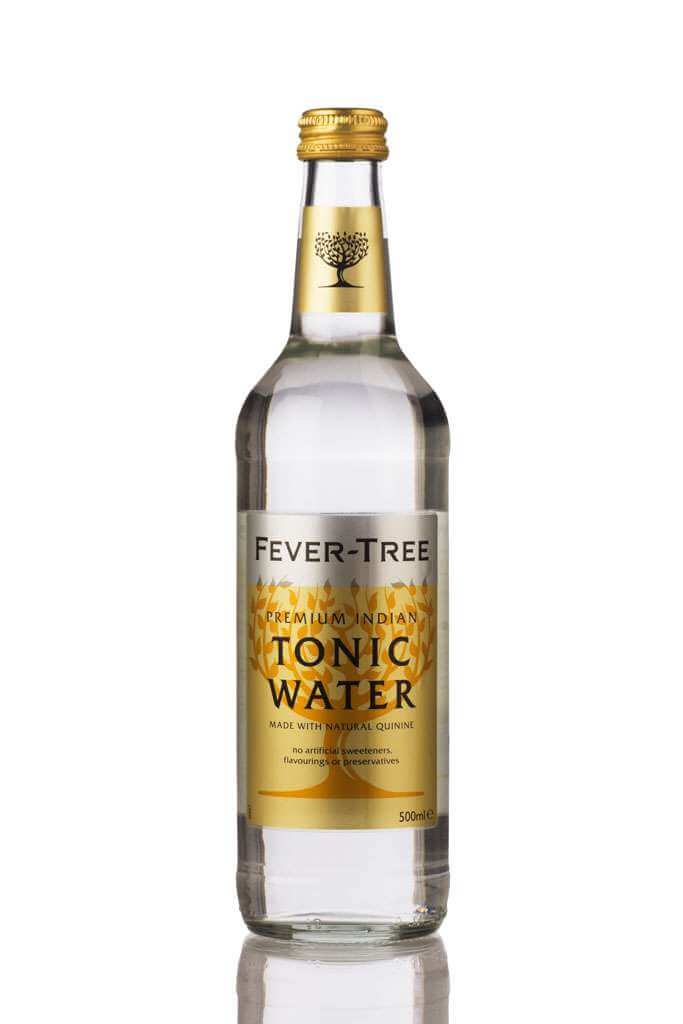
Fever Tree tonic water
When did gin become cool?
Famed bartender at the Savoy, Federico, has an interesting take. He believes that the creation of Fever Tree tonic in 2004 was the catalyst. Suddenly, the G&T went upmarket. And if you have a quality tonic then you sure as hell had better have quality gin.
Today, gin really has exploded. It is made everywhere in every way and at every price point. A few years ago, I remember a report claiming that the UK now had more than 500 different gins. I thought it must be a misprint or at least an exaggeration. Now, we have more than 500 in Australia – and more hit the market every day.
Do we really need 500 gins? And how many will be with us in five years? Ten?
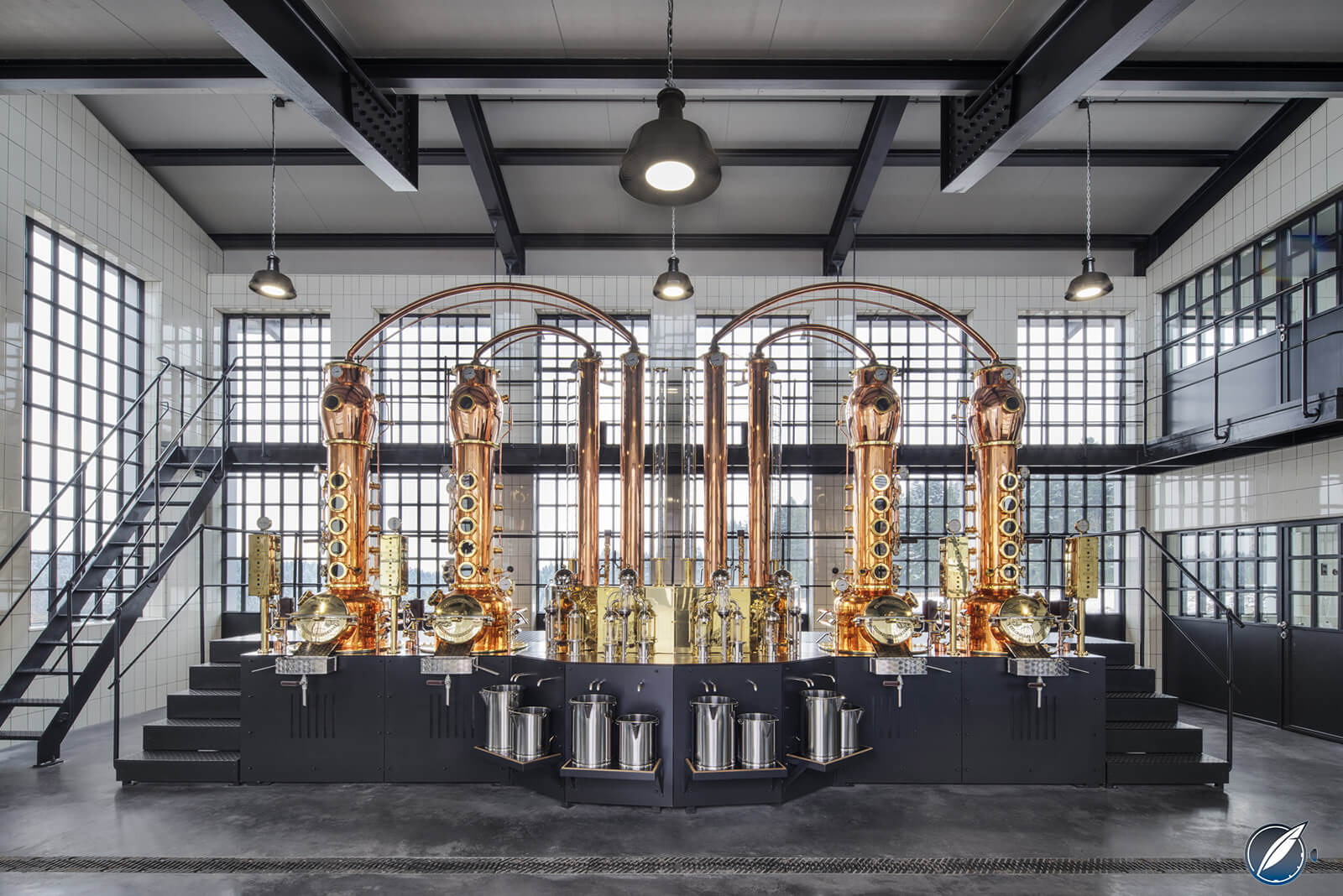
Monkey 47 gin distillery vats
Craft distilleries are behind much of this. I am convinced that many of these places had grand dreams of producing a great whisky or rum but discovered that they would not be offering products for many years given the time needed for maturation.
Gin, on the other hand, is distillery to dollars in weeks (the name “bathtub gin,” coined during Prohibition, was not for nothing). I suspect that many of these places have barrels of that dream whisky/rum maturing away in a dark corner, and we’ll see these in time.
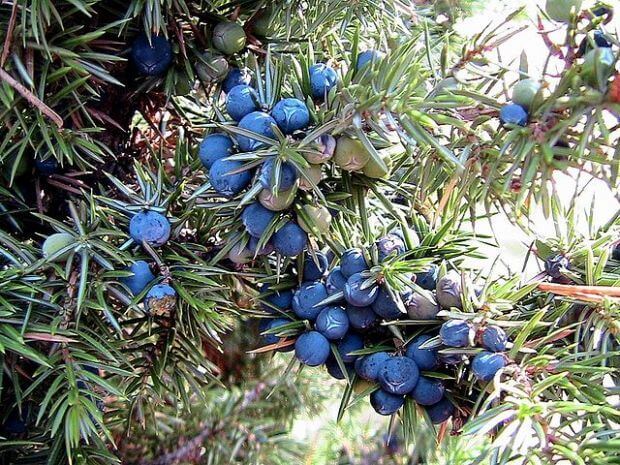
Juniper berries
One originally thought of gin as a distilled spirit deriving its flavors largely from the juniper berry, although the juniper berry is not actually a berry but rather a cone of sorts (like pine cones). But the enmeshed scales give the impression of a berry.
Today, gin includes ingredients that seem almost inconceivable. Originally made by monks in Italy, according to certain authorities monks across Europe soon jumped on the juniper wagon (that said, like all these things, origins are shrouded in the mists of time, and plenty will put up their hand to claim them).
Gin became especially popular in the Netherlands (Dutch Courage, anyone?), where, known as jenever (later geneva/genever), it was once seen as a medicine. Before long, it spread to the UK. These days it is popular worlwide, but one unlikely country is responsible for around half the world’s consumption of gin, if certain stats are to be believed: the Philippines!
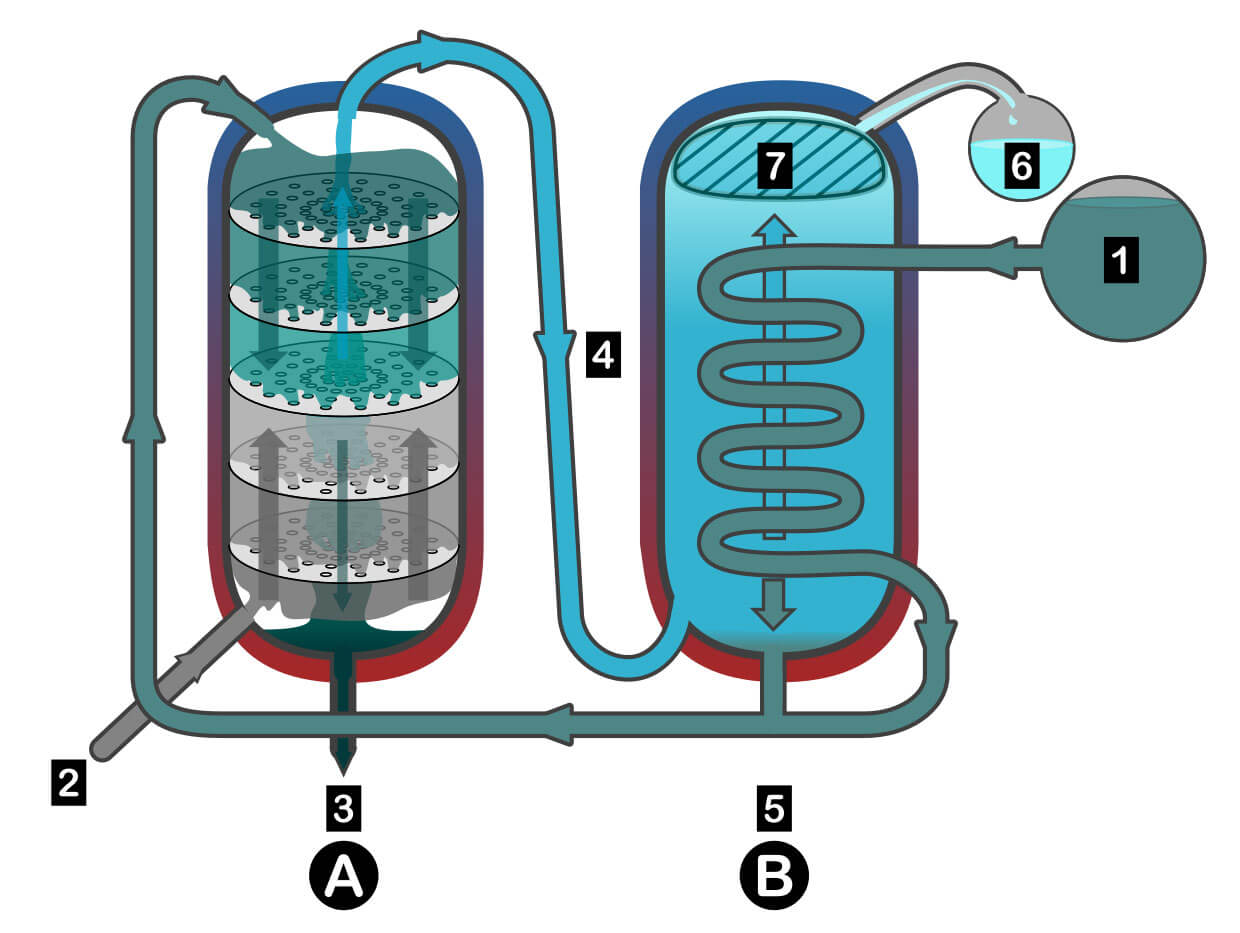
Coffey still (image courtesy Philip Greenspun illustration project/Wikipedia)
Pot still gins ruled in the earlier days. When used these days, the result is usually aged in tanks or barrels to ensure that the richer, heavier flavors are retained. After the invention of the Coffey Still, column distilled gins emerged. The result is usually a lighter style, but it allows the infusion of the various botanicals so essential today. Where the neutral spirit has been flavored by infusion without further distillation, these gins are called compound gins.
How the British Empire was involved in gin’s UK popularity
The popularity of the good old gin and tonic can be attributed to the inexorable expansion of the British Empire (visitors to Spain are often surprised to find that its popularity is even more pronounced there, though friends in Madrid tell me that this was because of RAF officers stationed in Spain at various times – I’ve no idea if this is true).
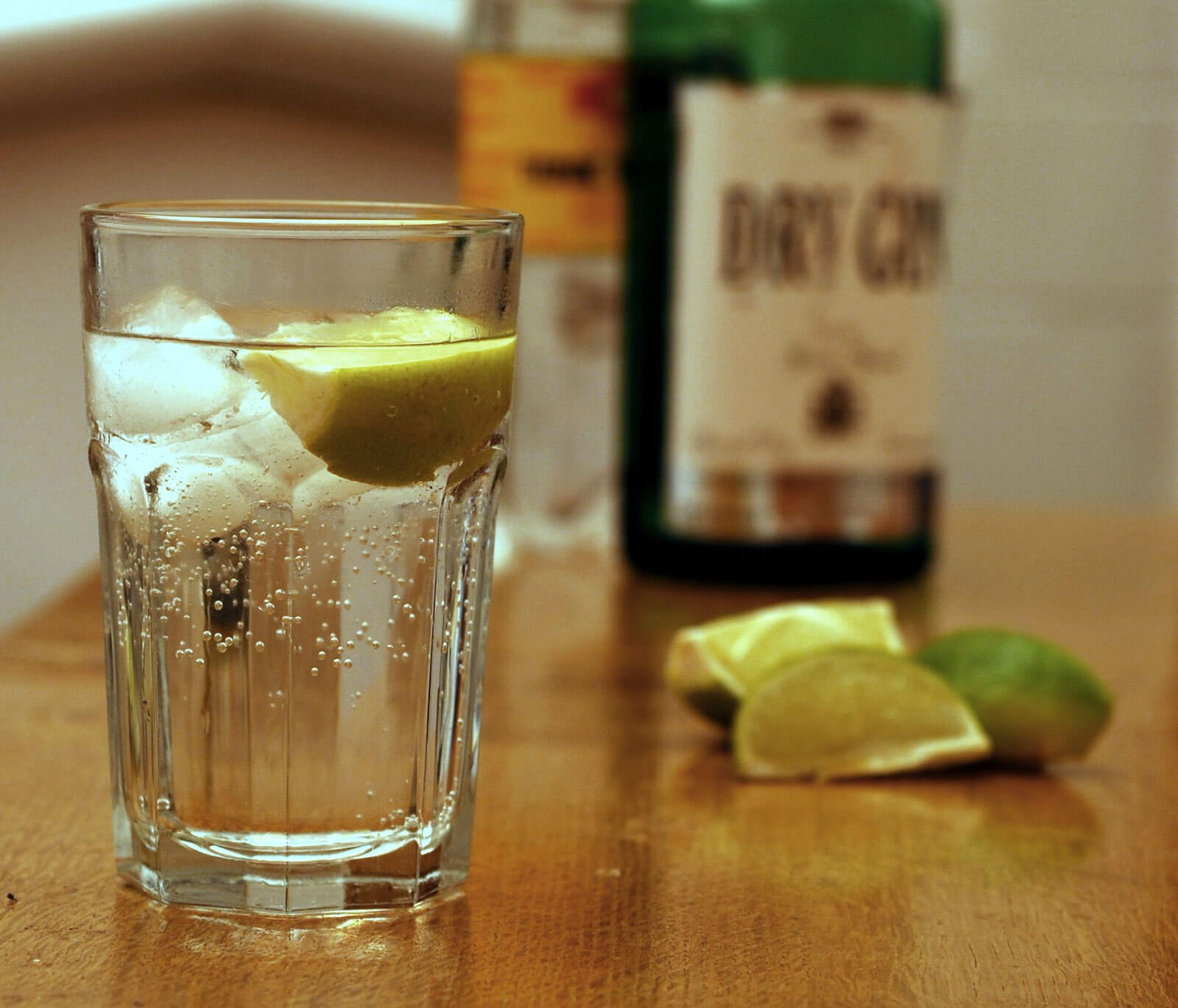
Gin and tonic (photo courtesy NotFromUtrecht/Wikipedia
Some of the British conquests proved home to a few too many mosquitos, and malaria was a genuine danger. Quinine was the most effective defense at the time but it was unpleasantly bitter. Hence, quinine was dissolved in carbonated water to become tonic water. Today’s tonic includes far less quinine but then no one is taking it to avoid malaria. Gin was then added to the tonic to help mask the bitterness.
As Sir Winston Churchill said, “The gin and tonic has saved more Englishmen’s lives, and minds, than all the doctors in the Empire.”
Variations emerged. Sloe gin was basically a liqueur made from soaking the fruit of the blackthorn tree in gin. Pimm’s No 1 Cup is another variation.
The different types of gin
So-called London gin is dry (less than 0.01 g of sugar per liter of alcohol) and pure. And it is not necessarily from London.
There are a couple of gins that must be made in a specific location – Mahón Gin from Menorca and Vilnius Gin from Lithuania are examples.
Plymouth Gin was considered a “geographical” gin, but since 2014 (or 2015, depending on the source) it has been classified as a London Dry Gin. The Black Friars Distillery is Plymouth’s only remaining distillery. Located in what was a Dominican monastery built in 1431, it has been distilling since the 1790s. It is now owned by Pernod Ricard.
No artificial flavorings or additives can be added after distillation in the making of a London Dry Gin. The ubiquitous blue bottle for Bombay Sapphire is a good example of this style.
So-called navy-strength gin is bottled at 57 percent and below 58 percent ABV. Gins higher than 58 percent are simply called high-strength gins.
Different countries will have varying minimum alcohol levels, permitted additions, and regulations for exactly what can be called gin (one expects the inclusion of at least a token of juniper), but overall the category is well known and broadly encompassing.
Old Tom gins are less popular than they once were. A sweeter style thanks to the addition of sugar or honey, it was much loved during the eighteenth-century gin craze. No doubt, its origins were simply a way to camouflage the horrendous quality of the gin many of these establishments were pushing. It has largely morphed into a gin cocktail called Tom Collins.
Gin cocktails
Gin is an essential ingredient for many of the most famous cocktails, including the king of them all, the martini (I do not care what 007 says, a martini requires gin, not vodka – and yes, I am aware that others disagree but I can’t help that, and all the correspondence in the world will not change my mind). The Gimlet, Negroni, and Singapore Sling are other legendary gin cocktails.
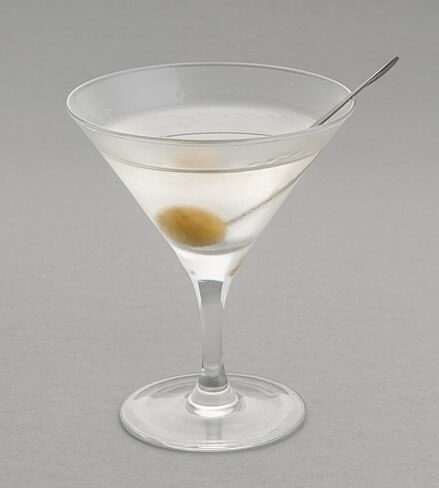
Martini (photo courtesy Ralf Roletschek/Wikipedia)
I mentioned I came from an era when gin was the epitome of uncool. The exception was undoubtedly the martini. Now, we can undoubtedly argue the percentages and methods for hours, including olives and twists – could this possibly be where Charles Dickens got “Oliver Twist”?
Again, not up for discussion is that a martini is made with gin, not vodka. What is also a certainty is at the time there was little as seemingly sophisticated as this basic, elegant cocktail. We were assured that the drier the better (the less vermouth, the drier your martini).
Luis Buñuel captured the imagination of us all when he dictated that one poured the gin into the glass and then held the bottle of vermouth up to allow a shaft of sunlight to shine through the bottle and on to the gin. Noel Coward matched that by insisting that, “a perfect martini should be made by filling a glass with gin, then waving it in the general direction of Italy.”
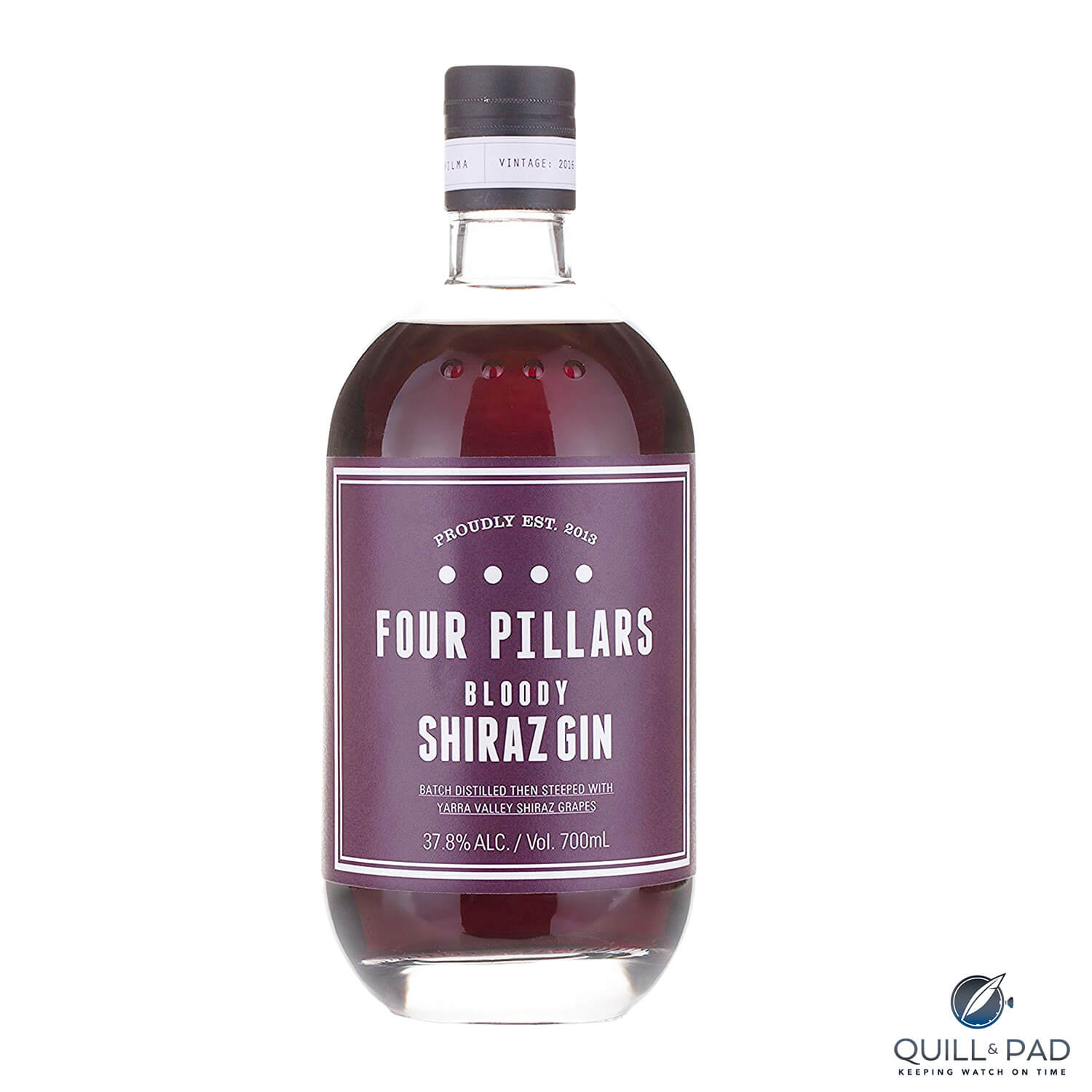
Four Pillars Bloody Shiraz Gin
In past pieces for Quill & Pad, I have looked at the wonderful Four Pillars and their Bloody Shiraz Gin from Australia as well as the sensational Monkey 47 from Germany’s Black Forest – which will give you an idea of some of my favorite producers – but there are so many more.
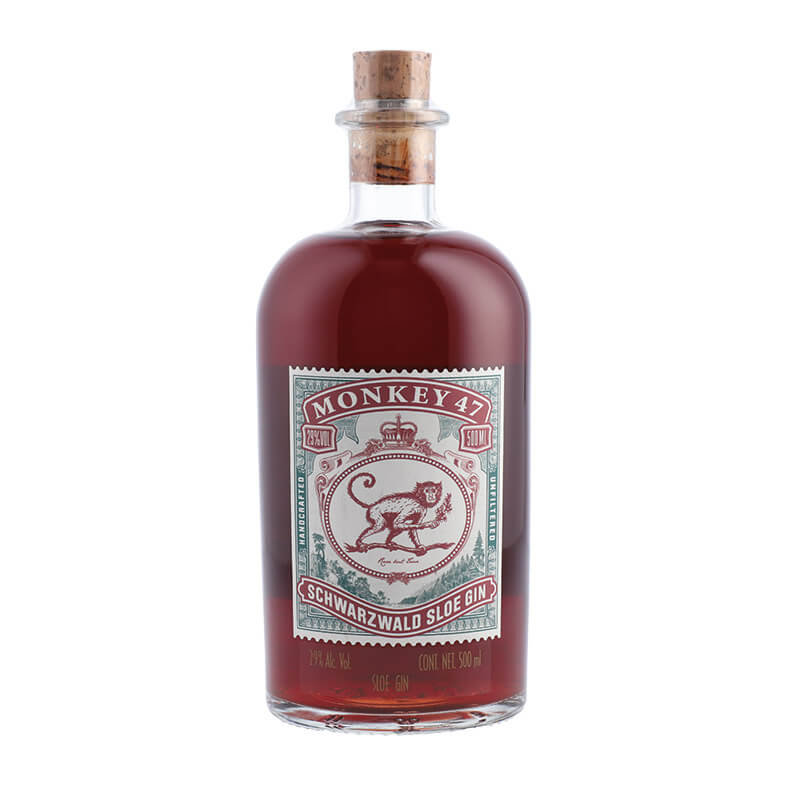
Monkey 47 Schwarzwald Sloe Gin
You will not believe what people are using to make gin these days, and I will look at that very soon in an upcoming post.
Meanwhile, settle back and pour yourself a favorite tipple.
* This article was first published on August 11, 2020 at Gincredible! How And Why Gin Went From Murderous Swill To 007-Level Cool.
You may also enjoy:
Monkey 47 Gin: From Failed Watchmaker To Making One Of The Best Gins In The World
Four Pillars Bloody Shiraz Gin: Neon Purple And Guaranteed To Contain No Motorcycle Engine Parts
Beluga Gold Line Vodka: James Bond Should Drink It Neat Rather Than Shaken, Not Stirred
Delamain Cognac: Compelling Evidence For The Benefits Of Time
Diplomático Reserva Exclusiva Rum: The Richness And A Little Sweetness Of Venezuela
Leave a Reply
Want to join the discussion?Feel free to contribute!








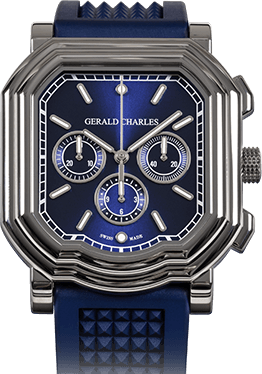
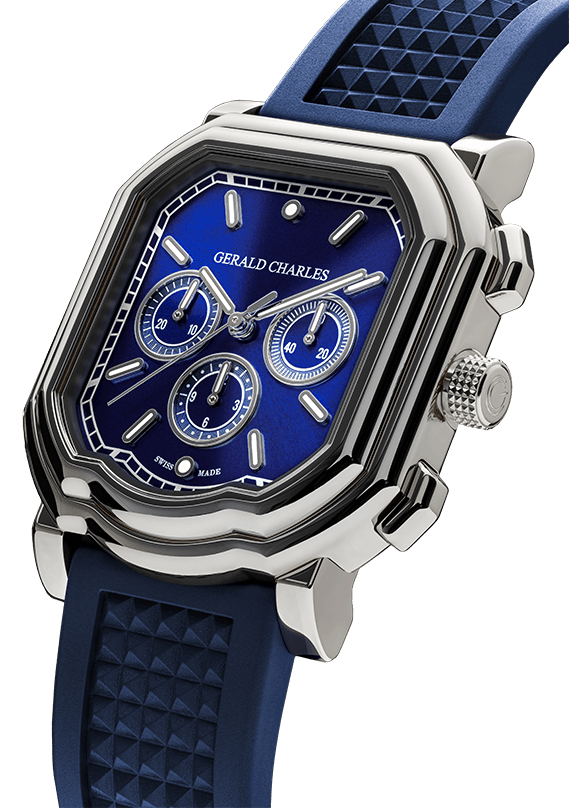

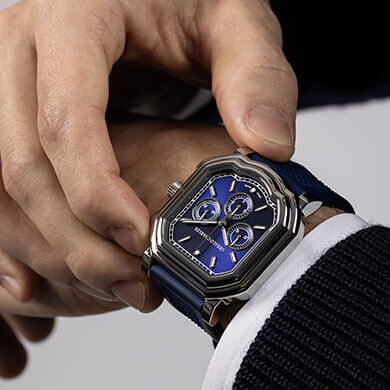






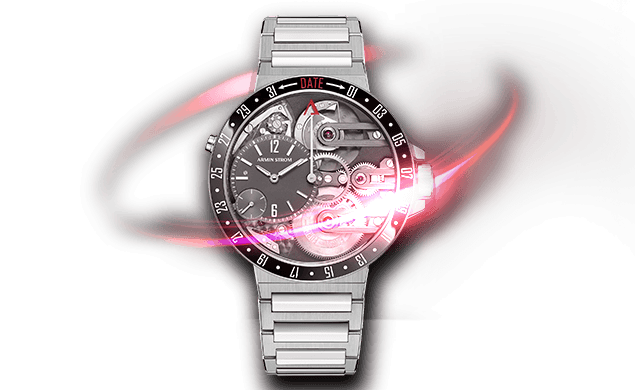
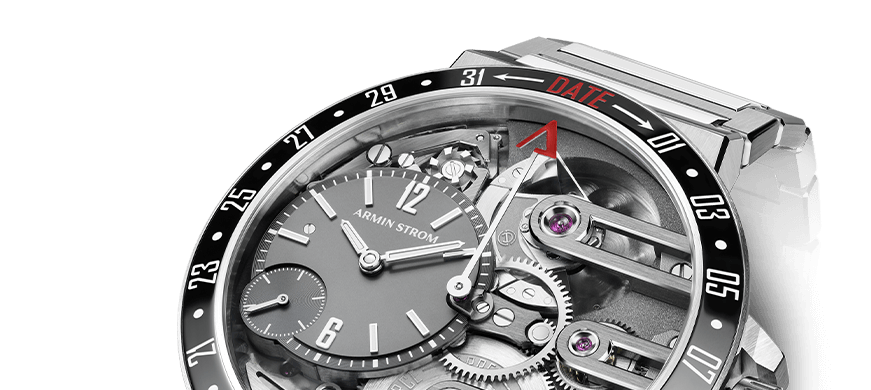
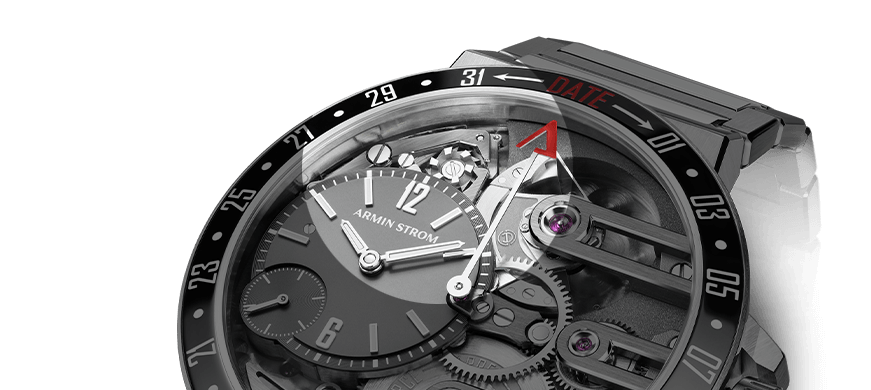


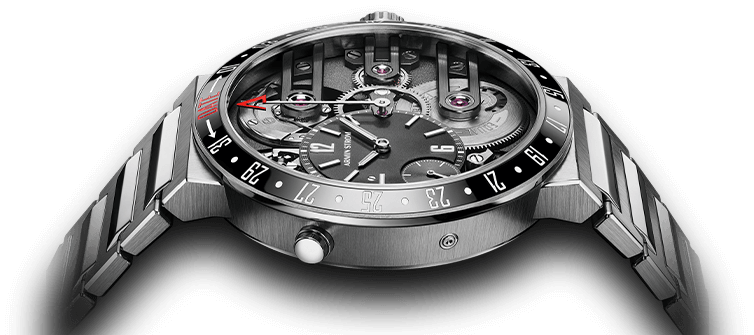



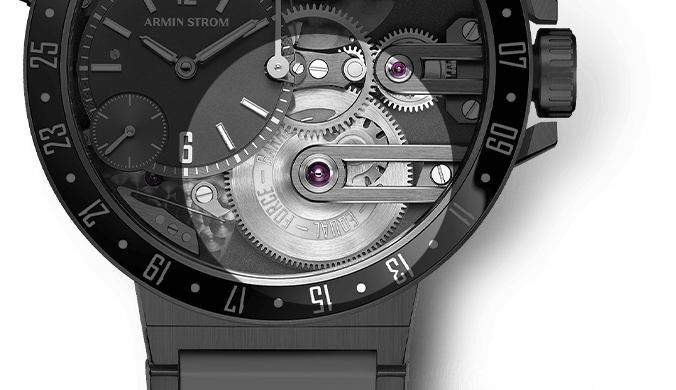









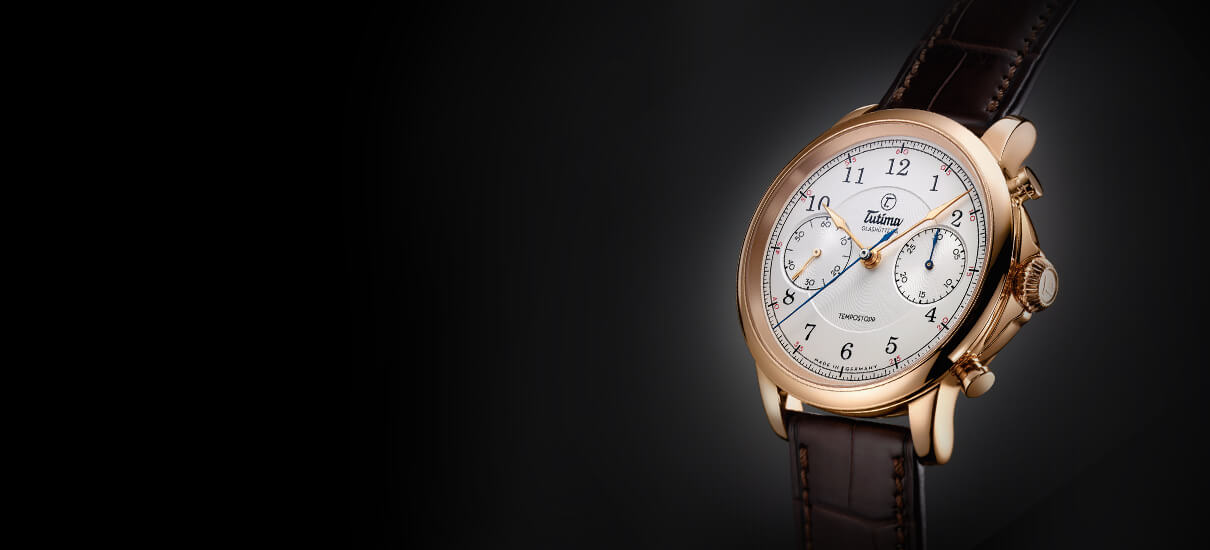



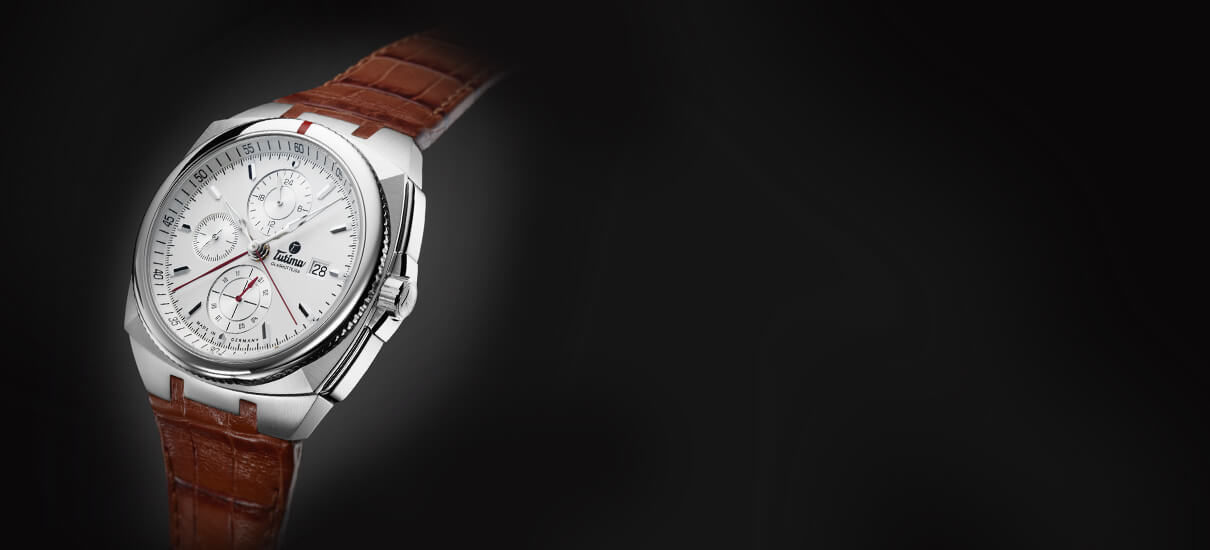

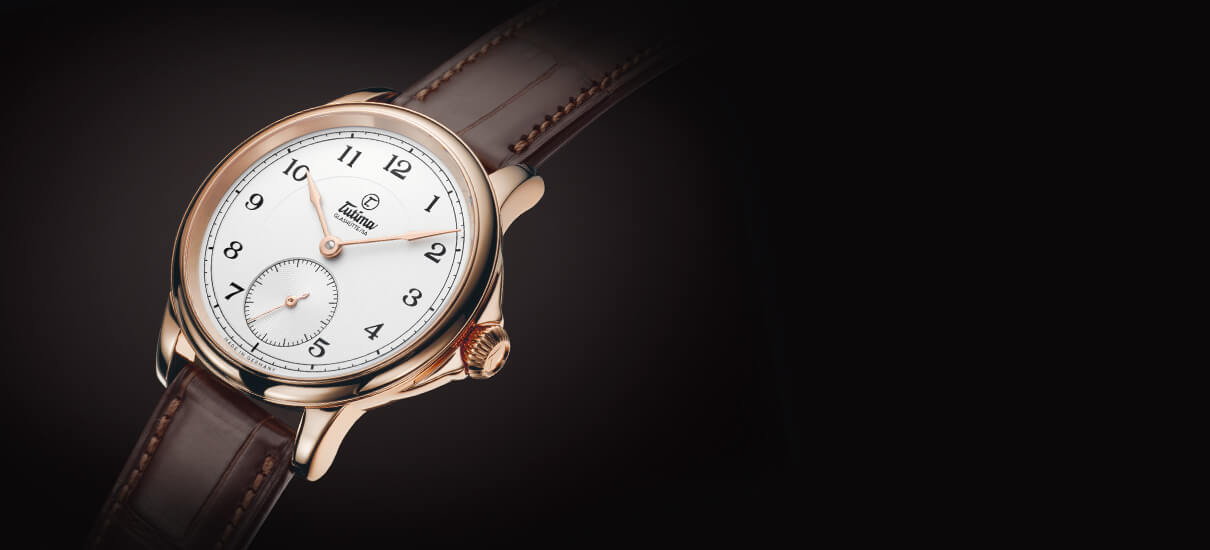



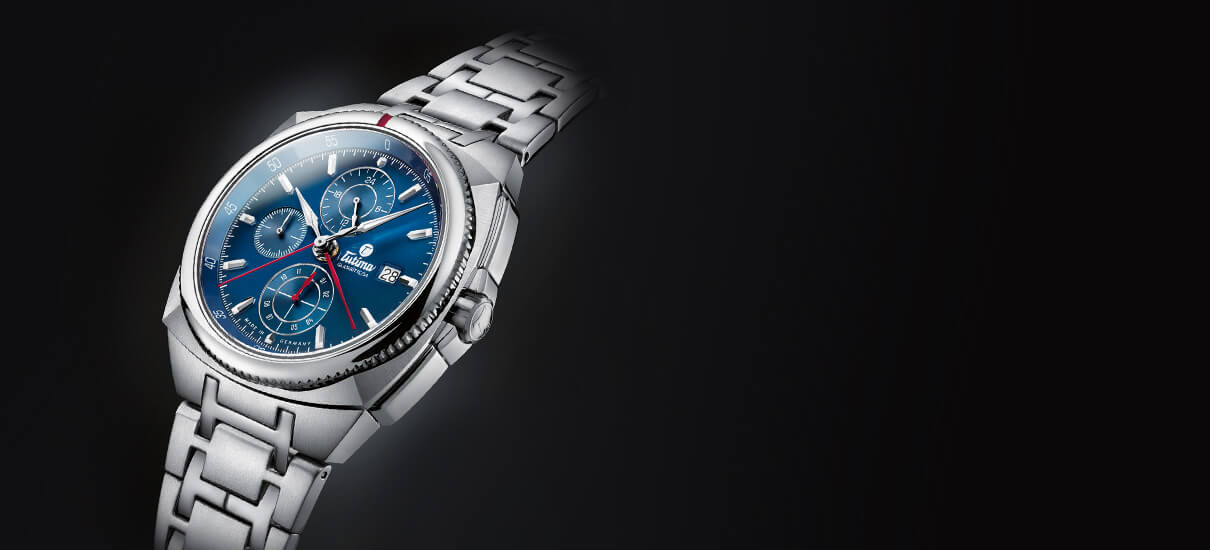

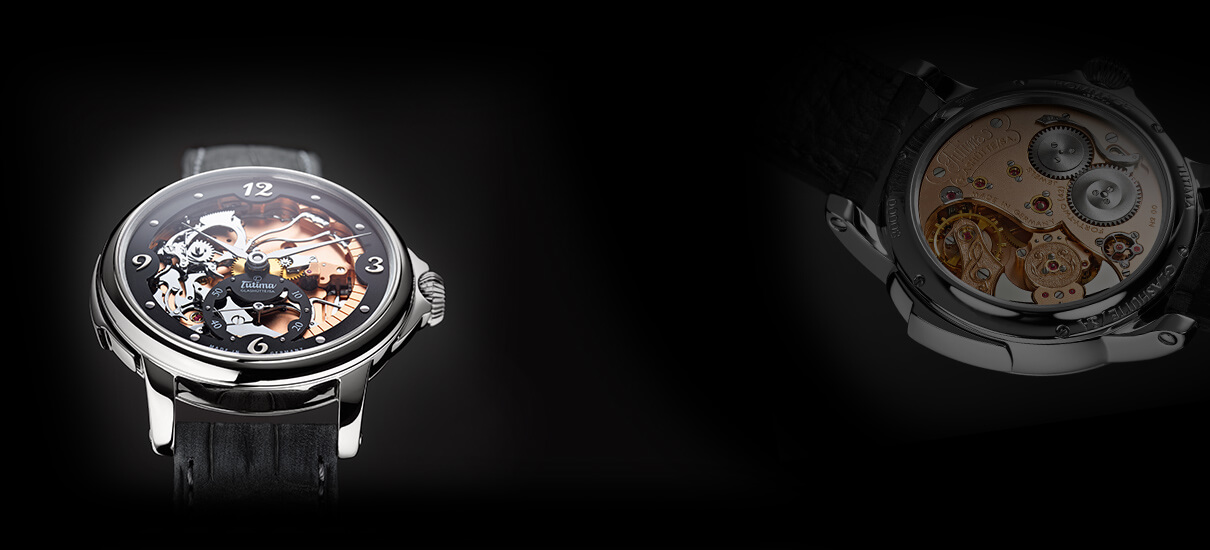



Fascinating stuff. I’d recommend Hepple Gin – juniper picked and produced in Northumberland, England. But, ‘A pink gin (whatever that was)..’ Why, Gin and Bitters! A dash or two of Angustura bitters are splashed into the glass, whirled around to tinge, then gin added. The classic British military drink, especially in the Royal Navy, it’s history going back into the C18th.
Hi James. Thanks very much for the info. Very much appreciated.
Not come across Hepple – not sure if it is available here – but will certainly keep an eye out.